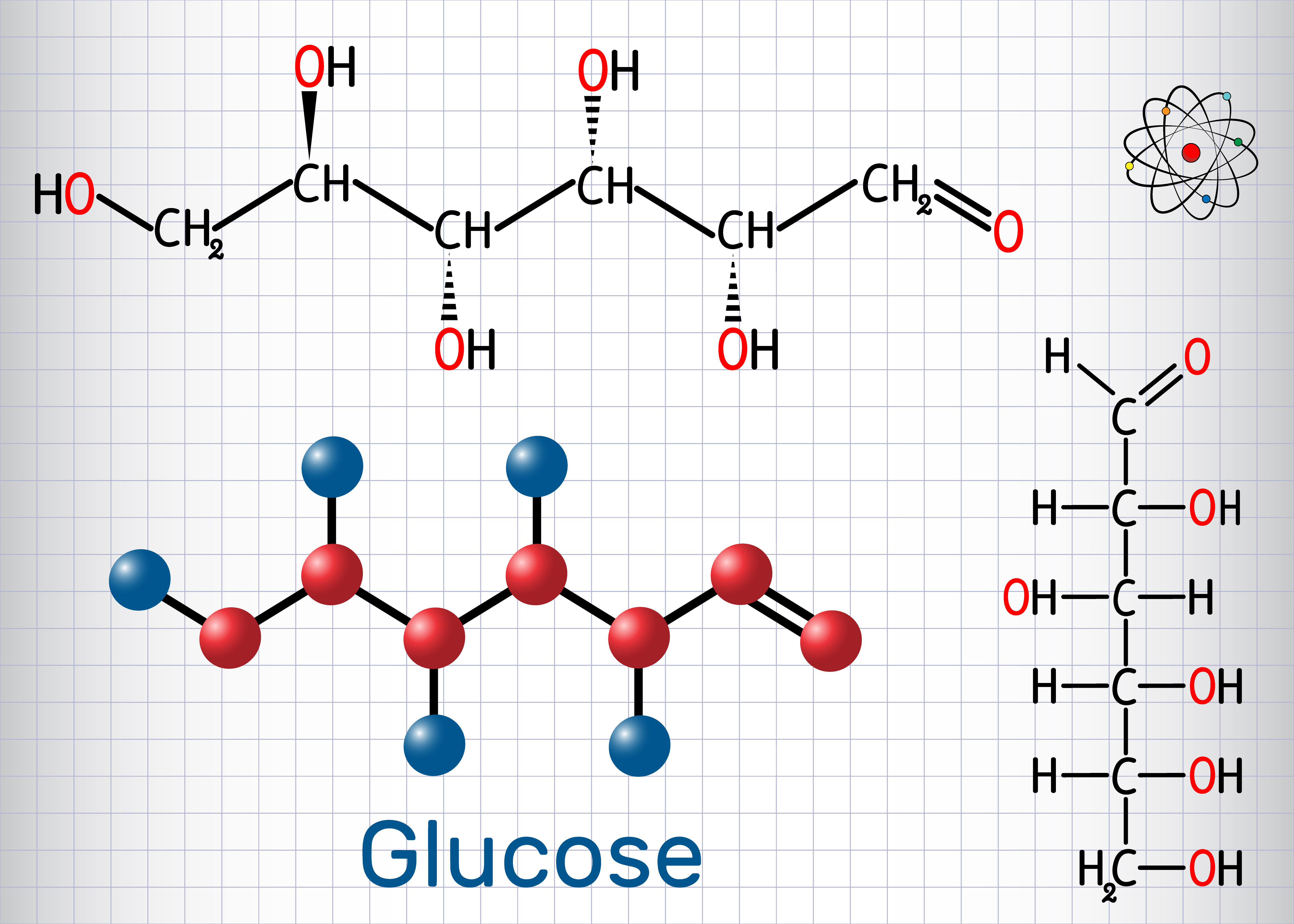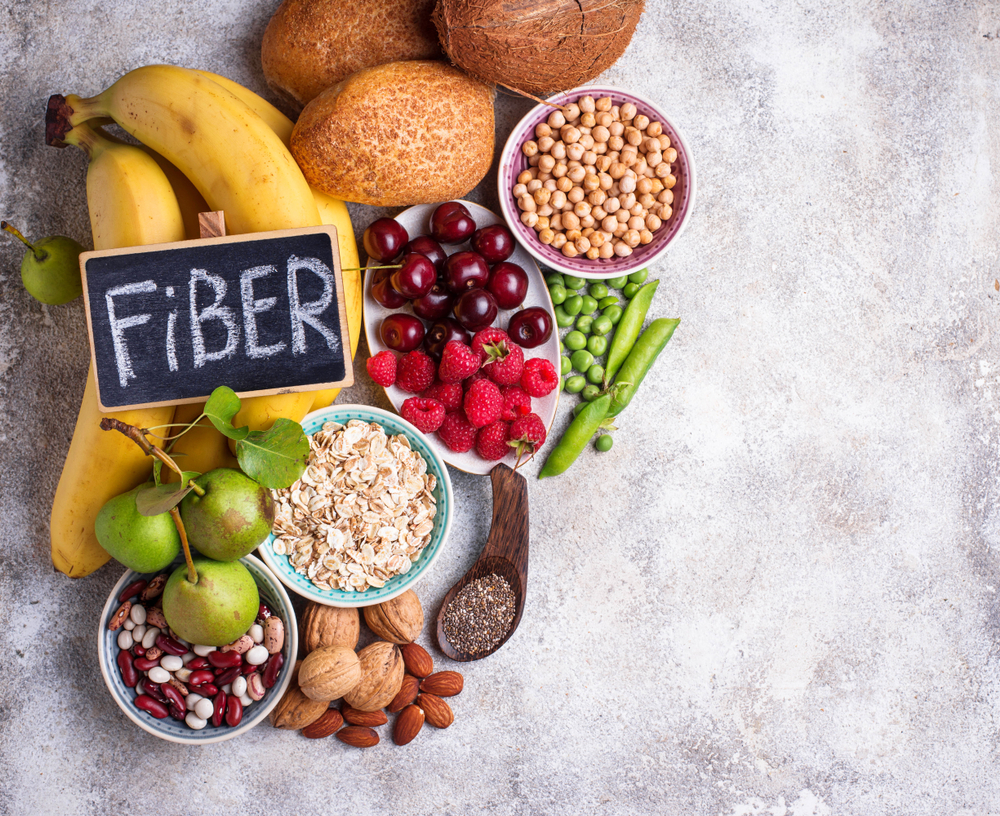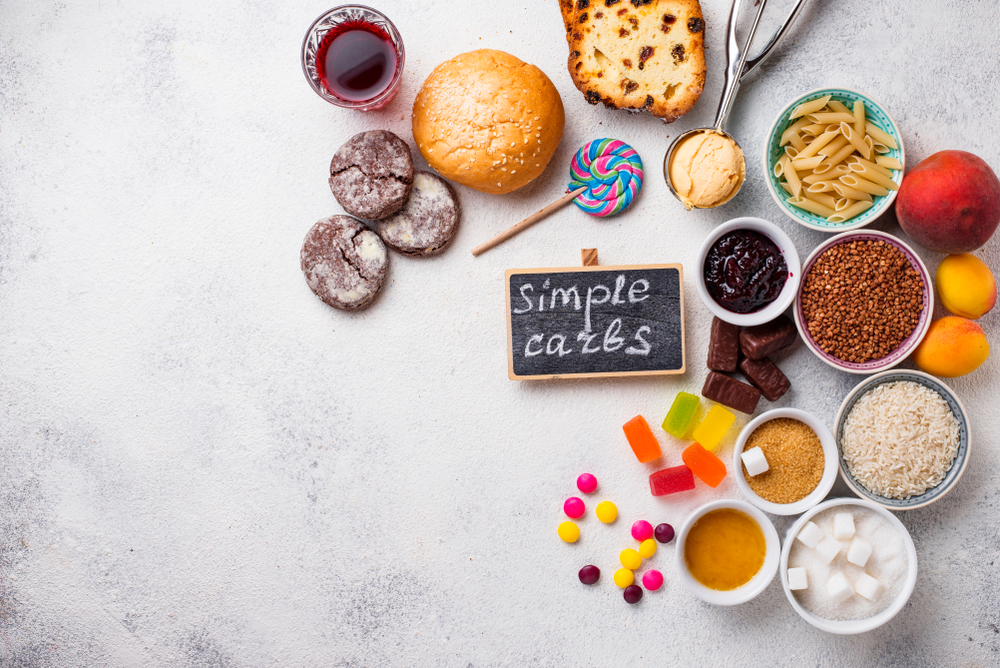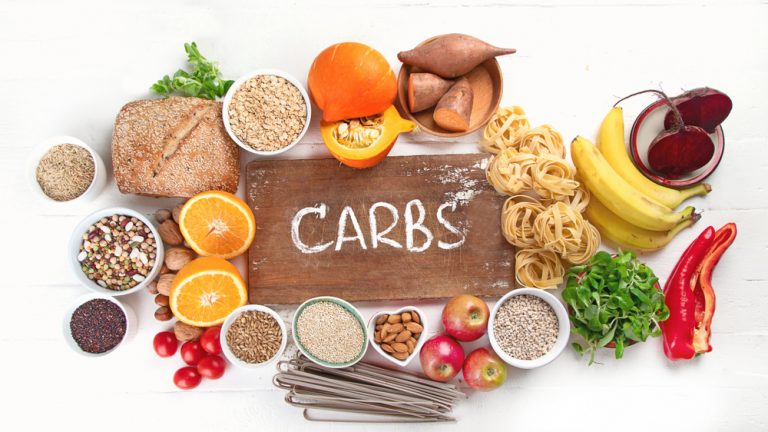What are carbohydrates? Why not remove carbohydrates from your daily diet? Specialists in the field of healthy eating are in agreement - carbohydrates are the main source of energy, especially for our brain, so it is very important that our diet, including slimming, provides them with the right amount to our body. Unfortunately, on the wave of popularity of protein diets, there is a misconception that carbohydrates threaten the success of any slimming treatment.
Closer look at Carbos!
Carbohydrates are compounds mainly of plant origin, which are synthesized from carbon dioxide and water in the process of photosynthesis under the influence of light. Carbohydrates are commonly called sugars, and due to their structure, we divide them into simple and complex sugars. Due to the degree of digestibility, they are divided into available and non-absorbable, i.e. fibre. Both assimilable and non-assimilable carbohydrates perform specific functions in the body and are necessary for its functioning.
Simple and complex carbohydrates
Simple sugars are composed of only one saccharide molecule. Among complex carbohydrates, we distinguish oligosaccharides composed of up to 6 molecules and polysaccharides, which in the composition may contain up to tens of thousands of sugar molecules. In the case of product labelling, the rule is that monosaccharides (e.g. glucose, fructose) and disaccharides (e.g. sucrose) are given under the simple sugars because they have a different effect on the body than carbohydrates with a larger number of molecules. Also, by checking the nutritional value of the carbohydrate product including sugars, the total amount of carbohydrates in the product is in the carbohydrate table, while the sugars table gives the amount of glucose, fructose and sucrose.
Glucose
Glucose is found in fruit, fruit juices and honey. It is a component of beet sugar, lactose, cellulose, starch and glycogen. Glucose is the most important sugar because most carbohydrates used by humans are absorbed into the blood in its form or transformed into it in the liver. The body is able to make all other sugars from glucose. Fructose can also be found naturally in fruit, fruit juices and honey. It is twice as sweet as glucose.

Starch
Starch is a reserve material for plants. Cereal grains (approx. 75%), potatoes (approx. 20%) and corn (approx. 80%) contain it. Glycogen is a reserve material for animals. It is stored in the liver, muscles, kidneys, heart muscle, brain and platelets. Its amount in the body is 350-400 g. In the case of insufficient blood glucose, the body derives it from the breakdown of glycogen and uses it as an energy source. Cellulose is a component of dietary fibre.
What foods are rich in carbohydrates?
Carbohydrates can be found primarily in cereal products, as well as in dry seeds of legumes. Fruit and vegetables provide smaller quantities. The source of carbohydrates are also sweets and confectionery, but these should be avoided because they provide only energy without any valuable nutrients. Hence the saying empty calories.
The role of carbohydrates in the diet
Carbohydrates are divided into absorbable and non-absorbable - fibre. Absorbable carbohydrates are the main energy substrate for humans. They should provide 50-70 per cent of their daily food. energy. 1 g of carbohydrates provides 4 kcal, so for a diet containing 2,000 kcal, you should eat 250-350 g of carbohydrates. Glucose is the only source of energy for the brain and red blood cells, which is why some amounts of carbohydrates are needed in the diet. In addition, it is said that fats are burned in a carbohydrate fire. What does it mean?
They should provide 50-70 per cent of their daily food. energy. 1 g of carbohydrates provides 4 kcal, so for a diet containing 2,000 kcal, you should eat 250 - 350 g of carbohydrates.
In the case of a shortage of carbohydrates available in food, there is incomplete oxidation of fatty acids and the formation of ketone bodies, which acidify the body. Carbohydrates, after being converted into glycolipids or glycoproteins, are part of cellular structures. Certain sugar molecules, such as ribose and deoxyribose, are part of the nucleic acid (DNA), i.e. they are elements of the structure of the chain that constitutes human genetic material. In the event of an insufficient supply of carbohydrates from food, the body produces glucose from proteins as well as from fats. Proteins should not be used as an energy substrate, so it is important to provide the right amount of carbohydrates.

Carbohydrate demand
The need for carbohydrates depends on age, sex, body weight, type of work performed and physiological condition. They should provide at least 55% of the daily energy demand. At the same time, energy from mono- and disaccharides should constitute 10-20% of its delivery, and from added sugars - no more than 10%. This means that you should avoid confectionery and pure sugar. The body's minimal need for carbohydrates is determined by the amount of glucose needed for proper brain function. Children, adolescents and adults should provide at least 130 g of carbohydrates daily, pregnant women - 175 g, and nursing women - 210 g.
Carbohydrates in the diet - an important fibre
Fibre plays a huge role in the proper functioning of the digestive tract, as well as removing toxins and controlling the lipid profile, although it is not digested in the lumen of the human digestive tract. The action of fibre is different, depending on whether it is soluble or insoluble.
Insoluble fibre, which is primarily found in cereal products, affects the proper functioning of the digestive tract, stimulates intestinal blood supply and its peristalsis by irritating the intestinal walls. Protects against constipation, rectal varices and cancers, especially of the large intestine.
The demand for fibre is 25-40 g per day.
It is all thanks to the ability to bind water, and thus increasing the volume of food content. Insoluble fibre binds excess stomach acid, improves the secretion of digestive juices and gastrointestinal hormones. People on a slimming diet appreciate it for maintaining satiety after a meal.
Soluble fibre can be found in vegetables, fruits and dry legumes. It is a breeding ground for beneficial bacteria that live in the intestines. Swells in the small intestine, creates highly viscous gels, thanks to which it thickens the digestive tract. This property is used to treat diarrhoea. Soluble fibre supports the cleansing of the body due to its ability to bind toxins and inhibits their absorption by the intestine. It also improves the lipid profile because it reduces cholesterol, binds bile acids, delays the absorption of triglycerides and increases fat excretion. Soluble fibre fractions slow the absorption of glucose, thus lowering the glycemic index of products.

Carbohydrates digestion
The main energy component of the human diet is high molecular starch. Other common saccharides in foods are sucrose disaccharides and lactose, and glucose and fructose monosaccharides. Monosaccharides can be directly absorbed into the blood. Other carbohydrate molecules must be digested. The breakdown of carbohydrates begins in the mouth. Hence the sweet taste of bread. Food is mechanically broken into smaller fragments, which facilitates enzymes access to individual bonds between sugars.
The enzyme ptyalin acts in the mouth, which cleaves branched starch into many smaller fragments. However, this process is short-lived and is inhibited in the acidic stomach environment. Again, carbohydrates are broken down in the intestines by pancreatic amylase, which digests larger sugar molecules, and by disaccharidases, which destroy binding only in disaccharides.
Finally, all carbohydrates must be broken down into simple sugars (glucose, fructose and galactose), because only in this form can they be absorbed from the intestinal surface into the blood and be transported to the body's cells as an energy source. Carbohydrates that have not been digested to form monosaccharides are excreted from the body.
When to eat carbohydrates?
Carbohydrates during the day are best consumed for breakfast and/or second breakfast and dinner. In the form of fruit, they can also appear like a snack after dinner. Dinner, however, should no longer provide sugars. Carbohydrates are the basic source of energy, so they are necessary as soon as you wake up. The body needs an energy boost in the morning to start working and accelerate metabolism after sleep. Therefore, bread or cereal is the perfect solution for breakfast, as well as for another meal if you do not eat too much in the morning.

Carbohydrates and slimming
In slimming diets, it is recommended to limit the energy supply from carbohydrates below 55 per cent. total caloric content of the menu. Reducing the proportion of carbohydrates, and at the same time increasing the amount of protein in the diet speeds up metabolism and faster causes the state when the body reaches for fat stores to create energy from them, i.e. burn them.
The assumption of these diets is based on minimizing insulin secretion (its large amount in the blood stimulates the conversion of glucose into fat) and increases the secretion of glucagon, which is responsible for the process of fat breakdown. Low carbohydrate intake causes ketosis - a situation where there are a lot of ketone bodies (fat burning products) in the bloodstream. Their high concentration is responsible for the feeling of satiety. Lack of severe hunger is greatly appreciated by people who are slimming in this way.






